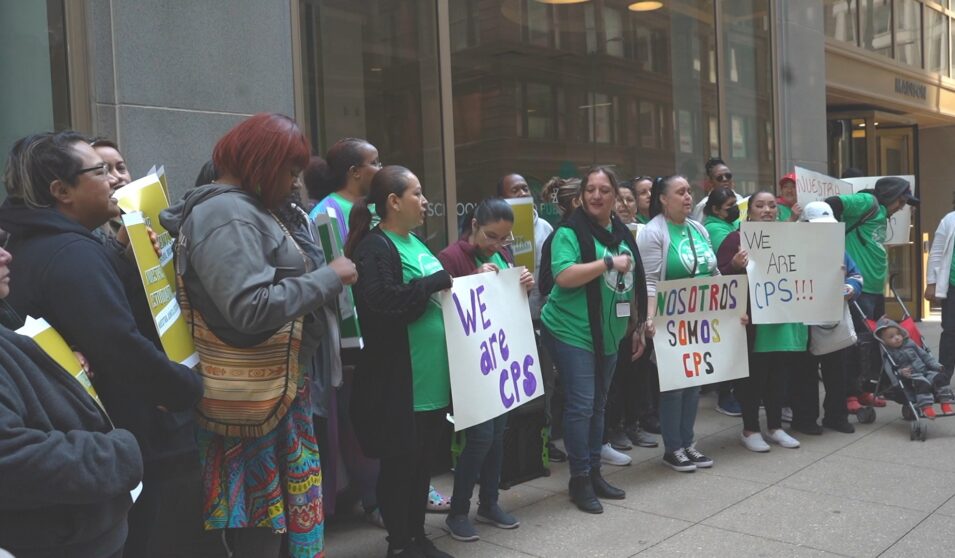I never could have dreamed just how much this Elected School Board Task Force (ESBTF) would accomplish when we started over two years ago. The group came together to focus on the priorities that emerged from workshops with 300 CPS parents on their preferences for Chicago’s future school board. This work started in early 2021 and well before Governor Pritzker signed the elected school board into law in July of 2021. What we wanted then and still now is a governing body that allows for fair racial representation, non-citizen participation, parent seats on the board, and campaign spending limits.
When the ESBTF first decided to stick our noses into the process of creating districts for Chicago’s elected school board, we didn’t know if we could influence lawmakers to do the right thing in what is normally a very political process. Our goal was to push the narrative to make it about fair representation for CPS’s student body. We hoped that if we could elevate the idea in the media coverage, lawmakers might just take it into consideration and we could end up with districts that were somewhat closer to reflecting CPS.
As I look back on it now, it’s hard to believe just how much we did to shape the narrative. I think about all the different highlights of this advocacy campaign: two town halls with over 500 total attendees, submission of three of our own district map prototypes to support the committees’ work, a press conference in front of CPS, parents giving testimony at 15 different committee hearings, and dozens of media features that followed.
And then I think about how the lawmakers’ proposals changed along the way. Their first proposal had 7 White districts, 7 Black districts, and 6 Latine. When that initial proposal came out, the media really started to take notice of our message and we started seeing a lot of headlines about CPS representation. Their second proposal, which came out the same night as our press conference in May, had 7 Latine plurality districts. It seemed like a win at first glance, but when you looked more closely at the numbers, you saw two of those districts were basically toss-ups and certainly leaned White if you only considered the citizen population who were eligible to vote. So we kept fighting.
Then their third proposal came out on Halloween. And though lawmakers weren’t able to pass the bill into law before the end of the Veto Session in November, it finally appears as though they have agreed on what the districts will look like. 6 solid Latine districts, 7 Black, 6 White, and one toss-up between Latine and White populations. It’s not as good as we hoped for, but it is definitely better than the first two maps in terms of CPS representation. All of our hard work and advocacy paid off in the end.
I am really proud of the way we helped educate the public about the transition to an elected school board. A Kids First Chicago poll in October showed that the public agreed with K1C’s parent-identified priorities, but it also showed that nearly half of Chicagoans didn’t even know that we were going to have an elected school board. We have been the only group out there consistently educating the public about this new law from the beginning. I’m immensely proud that we maintained our Black and Brown solidarity on the issue throughout this process. We did not let politics and politicians pit our communities against each other–we stood together and supported one another.
Our dreams have paid off for now, and so long as we continue to have big dreams, we’ll continue winning more victories and keep making more progress for our parent priorities for Chicago’s new elected school board.

We have been the only group out there consistently educating the public about this new law from the beginning. I’m immensely proud that we maintained our Black and Brown solidarity on the issue throughout this process. We did not let politics and politicians pit our communities against each other–we stood together and supported one another.




